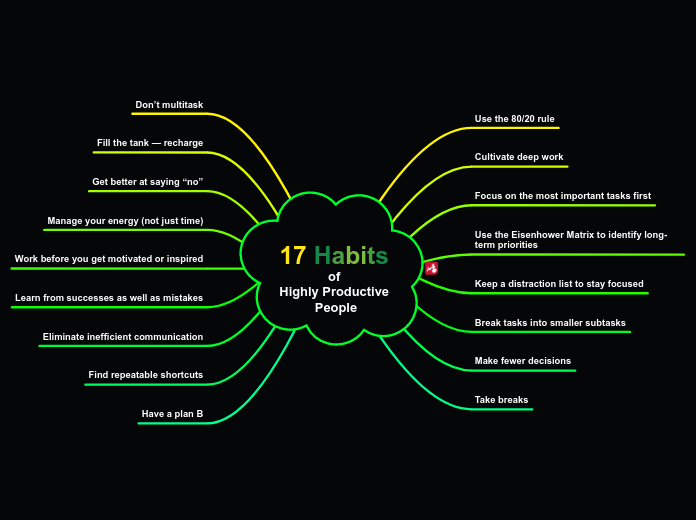Sun's Energy Impact on the Earth's spheres
Biosphere
The hydrosphere and atmosphere are responsible for rain occuring and bodies of water forming. In the biosphere, plants may absorb water from the soil or an animal may drink from a stream. Living things take in water and can release it as well. Plants release
water into the atmosphere through their leaves. Animals release it through sweat and urination.
Animals in the biosphere drink water from the hydrosphere, Fish which are part of the biosphere need water from the hydrosphere to live and swim.
Receives gases, heat, and sunlight (energy) from the atmosphere and receives water from the hydrosphere and a living medium from the lithosphere.
Earth’s living organisms
such as plants, humans, animals,
insects and microbes
Global Circulation Patterns
Rising air is rich in water vapour
Hot air rises to cooler air
On its way to the biosphere, solar radiant energy passes through the atmosphere so its intensity and wavelength composition are modified.
Some parts of the earth receive more energy from the sun than others
Lithosphere
Reflects the sun's energy back into the atmosphere
Earth’s core, mantle, and crust: continents, ocean floor, rocks, sand, dust, metal, brick, and asphalt
The tectonic plates
Can cause earthquakes
The Sun is the source of majority of the energy that drives the biological and physical processes in the world around us. It fuels plant growth on land and in the oceans which forms the base of the food chain. In the atmosphere it warms air which drives our weather.
Subtopic
Cryosphere
Polar regions are some of the most sensitive regions to climate shifts
Therefore, the cryosphere might be one of the first places where scientists are able to identify global changes in climate.
Most mountain glaciers are getting smaller. Snow cover is retreating earlier in the spring. Sea ice in the Arctic is shrinking in all seasons, most dramatically in summer.
Plays an important role in the Earth’s climate. Snow and ice reflect heat from the sun, helping to regulate our planet’s temperature.
interconnected with other parts of the Earth system
Sun Powers: - winds in atmosphere - currents in ocean - the water cycle - food chains
Atmosphere
STRATOSPHERE
The main reason for the recent stratospheric cooling is due to the destruction of ozone by human-emitted CFC gases.
TROPOSPHERE
When examined over the full period of record, long-term tropospheric warming far exceeds current estimates of natural internal climate variability.
THERMOSPHERE
The Northern Lights occur in the thermosphere
The Earth’s thermosphere is the layer of the atmosphere that is first exposed to the sun’s radiation and so is first heated by the sun; it is the hottest layer of the atmosphere.
Temperatures in the thermosphere are highly dependent on solar activity.
MESOSPHERE
Tropospheric warming, due to increased greenhouse gas concentrations over the last 150 years, is often termed the "greenhouse effect".
Studies indicate a maximum cooling response in the high-latitude mesosphere.
Provides the lithosphere with heat and energy needed for rock breakdown and erosion
Earth’s oxygen, nitrogen,
water vapor, ozone, and wind
The heat from the solar energy creates other forms of energy through wind, precipitation, ocean currents, and photosynthesis.
As air moves in the atmosphere, weather patterns change from storms and wind to clear and sunny skies.
Hydrosphere
The hydrosphere provides water for the biosphere to function, grow, and live.
Earth’s oceans, lakes, rivers, groundwater, glaciers, polar ice caps, rain, and snow
The water from the hydrosphere provides the moisture and medium for weathering and erosion of rocks on in the lithosphere. In return the lithosphere, provides the platform for ice melts and water bodies to flow back into the oceans.









